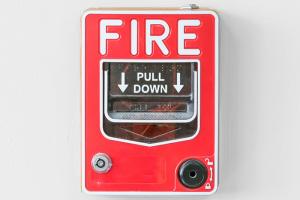A look at the commissioning process

Commissioning (Cx) consists of two classes with separate delivery methods. Construction commissioning, sometimes referred to as fundamental commissioning, includes commissioning of systems during construction, the acceptance phase and post-acceptance. Comprehensive commissioning, sometimes referred to as enhanced commissioning, includes all the construction commissioning work plus working with the architects and engineers during the pre-design and design phases of the project.
The total number of steps to commission a project depends on whether a facility professional uses comprehensive or construction-only commissioning.
Both construction commissioning and comprehensive commissioning rely heavily on effective communications to get the job done. The Cx process includes specific issue-resolution tracking tools to communicate efficiently with the entire team. The most important of these are periodic commissioning meetings and the commissioning log.
The commissioning log, maintained by the commissioning authority, itemizes each issue as it arises, identifying who is responsible for resolving the issue, the deadline for resolving the issue and the actual date of resolution. The Cx log identifies issues and specific responsibilities. Everyone on the commissioning team needs to understand the importance and use of the Cx log.
The Cx team is not limited to just the commissioning authority and its staff. All project team members are involved and responsible for commissioning success, including the owner, the design team and the contractors. Without full cooperation of all parties, a facility cannot achieve the full benefits of commissioning.
The owner provides the rest of the Cx team with a clear list of what they need from the project and the systems that will be commissioned in terms of energy efficiency, functionality, durability and maintenance requirements. This list is provided primarily via the owner's project requirements. Also, owner involvement and support of the commissioning process can have a great impact on maximizing the benefits derived from that process.
What does the facility owner receive at the end of the commissioning process? Besides a building that runs more effectively and more efficiently, the owner should receive a series of documents that detail the commissioning process completely. These documents should prove to be valuable over the years for establishing maintenance requirements for the building systems, making decisions about how and when to replace building equipment, and forming a road map to help engineers design future renovations to suit a particular building.





